3 Advanced Chess Rules Explained
Most people know basic chess rules such as how pawns and pieces move, how the king is getting checkmate, and so on. But there are also a few chess rules that novice players are unaware of.
For example, when you capture somebody’s pawn via en passant they may look surprised and claim illegal moves. That’s because many casual players don’t know that rule even after they play many games.
They just never use it, but sometimes it may be pretty handy. How many people read a hundred page “official chess rules” handbook before they start playing? Not many. The goal of this article is to educate chess players about these advanced chess rules.
Advanced Chess Moves 1. En passant
En passant is a technique of capturing an opponent’s pawn if the pawn moves two squares from the starting position so that if the pawn moved just one square it could have been captured. That may sounds a little bit confusing but let’s take a look at the diagram below.


Taking the pawn via En Passant
The b7 pawn plays b7-b5 jumping through the square b6 (yellow) where it could’ve been captured by the a5 pawn. In order to avoid the situation when one pawn uses the two square advance to avoid confrontation with the opponent’s pawn, there is a rule in chess which states that the pawn can be taken just as it did not move 2 squares but just 1.
Therefore if black plays b7-b5, white could simply play a5xb6 taking the pawn. Notice that white pawn ends up on the square b6 after capture.
Many times I have witnessed (on various chess forums and online chess servers), players claim a software bug when that happens. In fact it just one of the chess rules, called en passant.
Advanced Chess Moves 2. Castling
I’m pretty sure many of you are familiar with this one, if so you can just skip it and go to the next one. Castling is ability of the King to jump over the its own rook. It can only be done once in the game and only if the king and rook have not moved.
Example 1: King’s Side Castle (aka Short Castle)
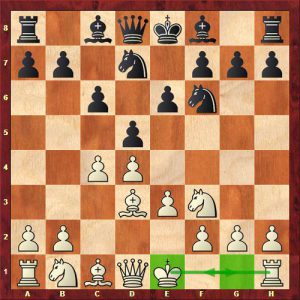

Example 2: Queen’s Side Castle (aka Long Castle)
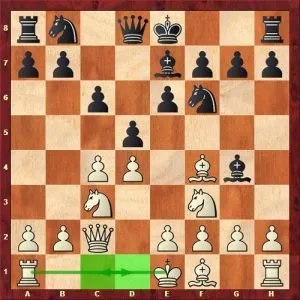
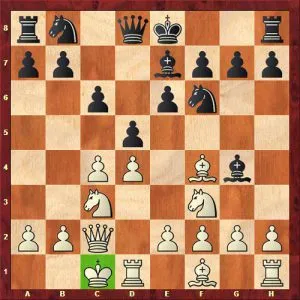
Why do we want to castle? It puts the king to safety (in most cases) and connects the rooks saving some tempos.
Tip: If you play official over the board chess it is strongly recommended to first take your King and put it on the square it’s going to end up after castling and only then place the rook. Otherwise, if you touch the rook first your opponent may claim the touch move and make you move the rook instead of castling. Always castle the right way to avoid such problems!
Advanced Chess Moves 3. When castling is impossible?
We already know that you cannot castle if either the King, the Rook or both have moved. But that’s not the only possible scenario which prohibits castling.
Example 1
One the diagram below black wants to castle king’s side, but that’s illegal since the g8 square is attacked by the c4 bishop. It is illegal to castle if after castling the King is going to end up in check.
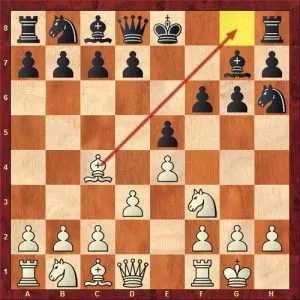
It’s illegal to castle if the King ends up in check
Example 2
One the diagram below it is also illegal for black to castle king’s side since in order to castle king needs to pass through the f8 square which is attacked by the b4 bishop. The king generally cannot castle if by doing so he crosses the square which is attacked by any of the opponents piece. It is also illegal to castle while in check.
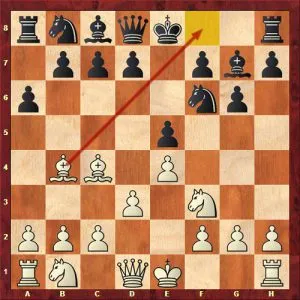
It’s illegal to pass attacked square castling
Ready to start winning games? Check out our store and articles:










Comments: